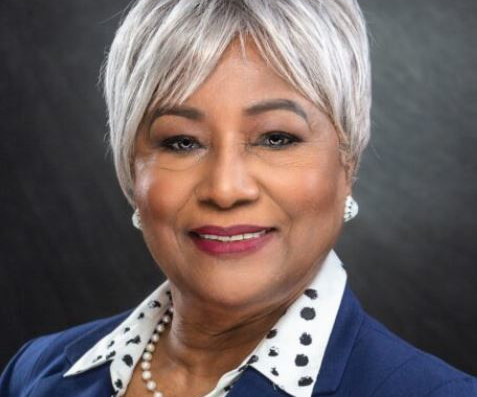Educause lays out higher ed's top 10 technology issues
Inside Higher Ed
OCTOBER 28, 2022
Image: DENVER—In a packed ballroom at Educause’s annual conference on Thursday, Susan Grajek, the organization’s vice president for partnerships, communities and research, laid bare higher education’s top 10 technology issues for 2023. “In 2023, institutional and technology leaders are ready for a new approach.”












Let's personalize your content